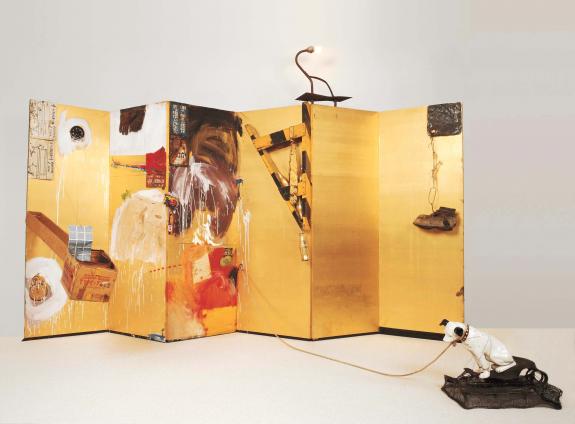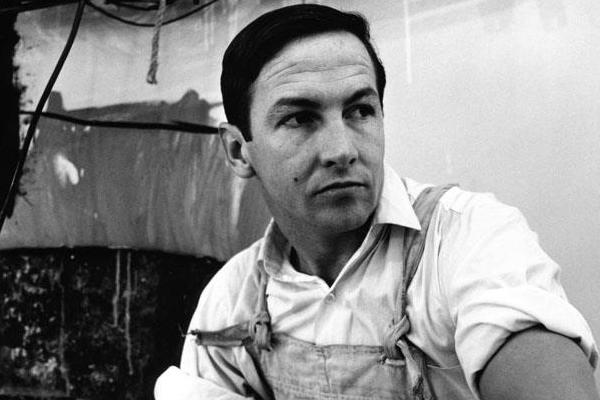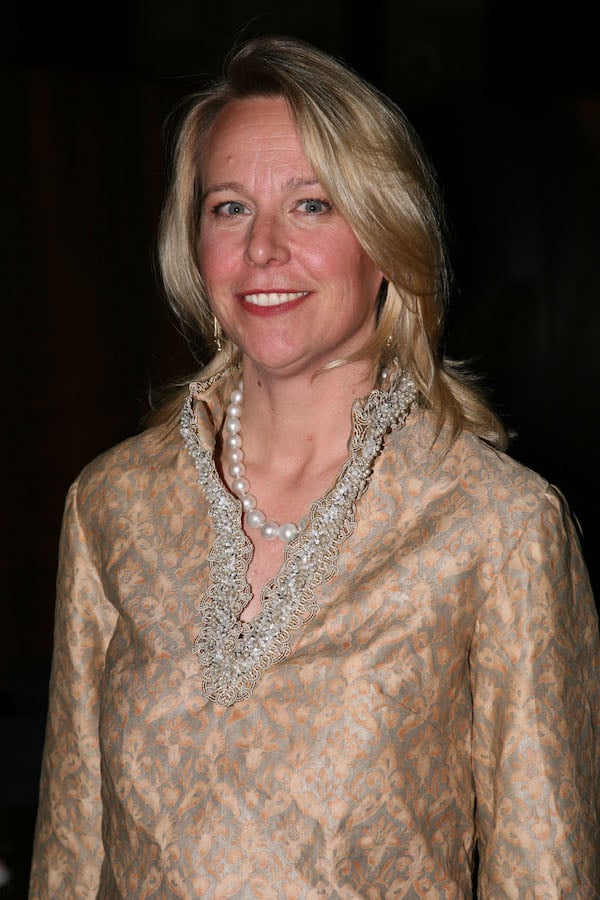Art World
Robert Rauschenberg Foundation Overhauls Image Rights Restrictions
A different approach is required in the digital age.

A different approach is required in the digital age.

Henri Neuendorf


Robert Rauschenberg in his studio in 1962.
Photo: courtesy the Robert Rauschenberg Foundation via Facebook.
The Robert Rauschenberg Foundation has eased its image use restrictions in order to keep up to date with contemporary image sharing culture and facilitate scholarship and teaching.
In a statement, the foundation said it wanted to ensure that academics and museums have access to high quality, and crucially, factually correct, reproductions of Robert Rauschenberg’s works. Moreover, according to the foundation, it has become unrealistic to enforce restrictions on image use in the social media age.
Ahead of the changes, the foundation successfully tested out the new rules through a pilot program rolled out to a small selection of museums in 2015.

Robert Rauschenberg Gold Standard (1964).
Photo: The Robert Rauschenberg Foundation.
In easing its restrictions, the Rauschenberg Foundation believes it is setting an important example for other artist’s estates by discarding outdated image copyright guidelines that are incompatible with the digital age.
“The system has created barriers for the wrong people,” Christy MacLear, the Rauschenberg Foundations CEO told the New York Times. “There’s a lot of fear that has grown up around the use of images for things that we should all encourage, like education and scholarship and museum work.”
Under its new guidelines, the foundation is making reproductions of the artist’s work available under the fair use clause of copyright law, which permits the use of images for purposes such as teaching, criticism, and reporting.

Robert Rauschenberg Foundation CEO Christy MacLear.
Photo: Amber de Vos/Patrick McMullan.
Additionally the foundation indicated that it will grant image licenses for some museum catalogs and promotional material.
However, the decision comes at a significant cost. The foundation says it stands to lose up to half of its image rights income, which reportedly totals over $100,000 a year.
“While in the short-term we’ll certainly see a minor loss of income,” MacLear admitted in a statement, “we believe the significant increase in scholarship, accessibility, and accuracy more than outweigh the ‘costs’ to the foundation.”